This website uses cookies so that we can provide you with the best user experience possible. Cookie information is stored in your browser and performs functions such as recognising you when you return to our website and helping our team to understand which sections of the website you find most interesting and useful.

Mara Hoffman’s gorgeous new dress can be recycled again and again and again
ELIZABETH SEGRAN October 17, 2023
The luxury brand’s new dress is made from waste fabric. It’s proof that circular fashion is already reality.
We’re used to tossing our cardboard boxes and aluminum cans into the recycling bin, where they can be infinitely recycled back into new boxes or cans. But when we’ve worn out an old T-shirt, there’s no choice but to toss it in the trash, where it will inevitably end up clogging up a landfill.
The designer Mara Hoffman offers an alternative vision for the future. Today, she unveils a new poppy-colored dress, dubbed This Dress Changes Everything, that is made from textile waste, but looks and feels like it is made from top-notch silk. At the end of its life, the brand will take back the dress and recycle it back into another dress again, and again, and again. “This fabric is centered on materials that are already on this planet, and doesn’t require extracting new resources,” says Hoffman.
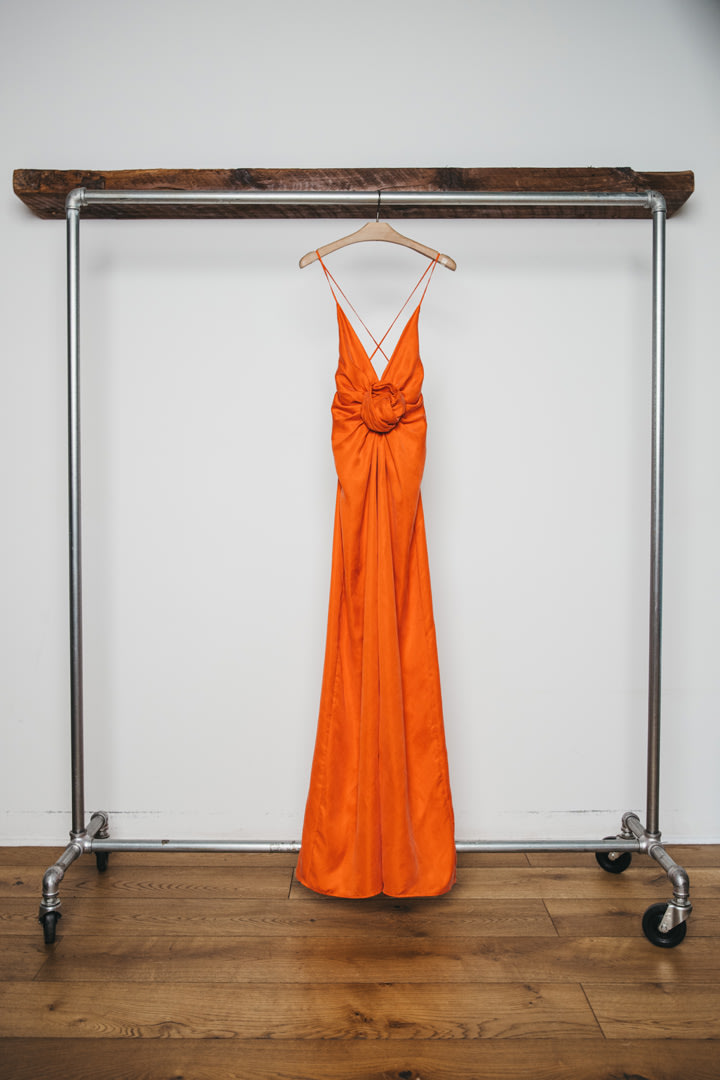
COURTESY MARA HOFFMAN
The dress was made in partnership with Circ, a Virginia-based startup that has developed fabric from waste materials and has also created the infrastructure to recycle these textiles back into new textiles. Earlier this year, Circ partnered with Zara on a collection, but Mara Hoffman demonstrates that this material is high enough in quality to be used in luxury fashion as well. While Hoffman has only made 35 of the poppy colored dress (each priced at $1,195), she has vowed to transition all of her virgin lyocell to Circ’s regenerated lyocell over the next three years.
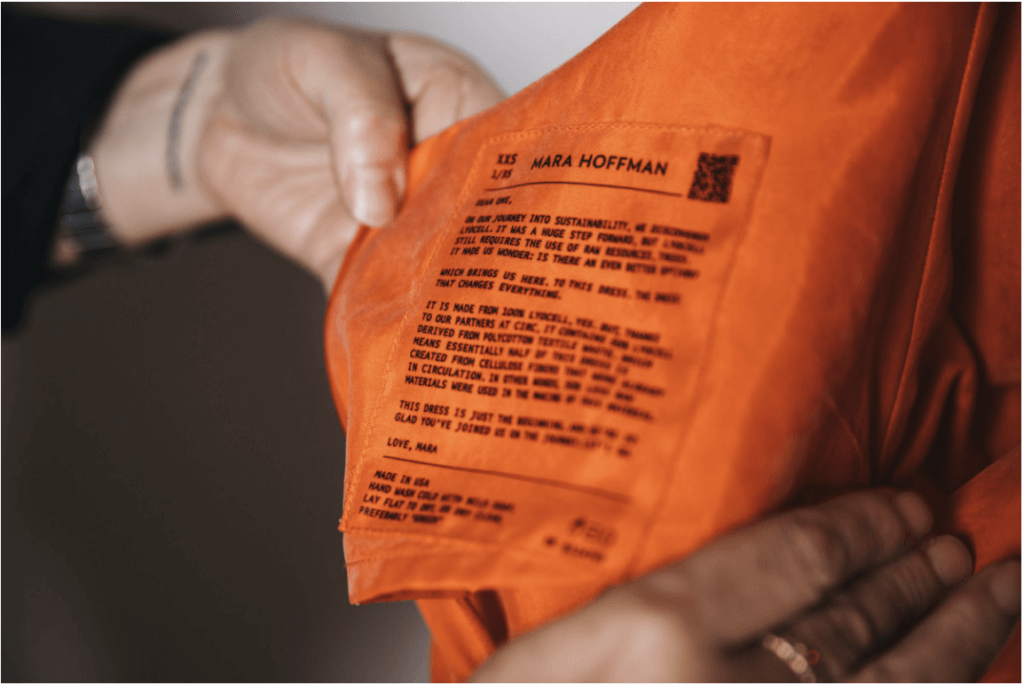
COURTESY MARA HOFFMAN
Circ’s efforts are part of a movement to develop new systems to curb the fashion industry’s devastating impact on the planet. But for platforms like Circ to scale, consumers and brands must be willing to radically transform their behavior. Now, the question is whether this can happen rapidly enough to avert the worst impacts of the climate disaster.
THE PROBLEM WITH DISPOSABLE FASHION
From the time the first humans created garments to cover their bodies, clothes have been designed to be disposable. For millennia, this approach worked fine, since people owned only a few articles of clothing and wore them them for as long as possible before discarding them.
But in this moment of late stage capitalism, our rampant overconsumption is driving the planet to disaster. It takes enormous quantities of water to grow cotton and oil to manufacture synthetic fibers. And yet, the apparel sector churns out upwards of 100 billiongarments every year for only 8 billion humans. The industry produces 10% of global carbon emissions and consumes 4% of all freshwater. And yet, consumers wear many clothes as few as seven times before throwing it away.
Ending this cycle requires many solutions, the most obvious being that consumers should own fewer clothes and wear them for longer. But when a garment finally reaches the end of its life, we should be able to recapture the textiles within it, and transform them into new garments. This would avoid having to extract new natural resources, which would drastically reduce the carbon emissions of clothing production.

COURTESY MARA HOFFMAN
FABRICS MADE FROM TEXTILE WASTE
That’s where Circ comes in. Peter Majeranowski cofounded the company in 2010 focusing on biofuels but, in 2018, his team of engineers discovered that their technology could be used to break down fabrics into their core molecules and then re-constitute them to create recycled fabrics.
Circ’s technology stands out in the market because it can break down fabrics that are a mix of cotton and polyester, whereas other similar companies, like Renewcell, focus on plant-based fibers alone. “Poly-cotton blends are the bulk of fabrics that are produced today, and they have very little secondary use, so most of it goes to landfill and incineration,” says Majeranowski.
Over the past five years, Circ has been trying to demonstrate to the industry that its fabrics are the same quality as traditional cotton and polyester, even though they are made from fabric waste. This is why it is so important that Mara Hoffman, a label known for its high-quality garments, has endorsed the materials.
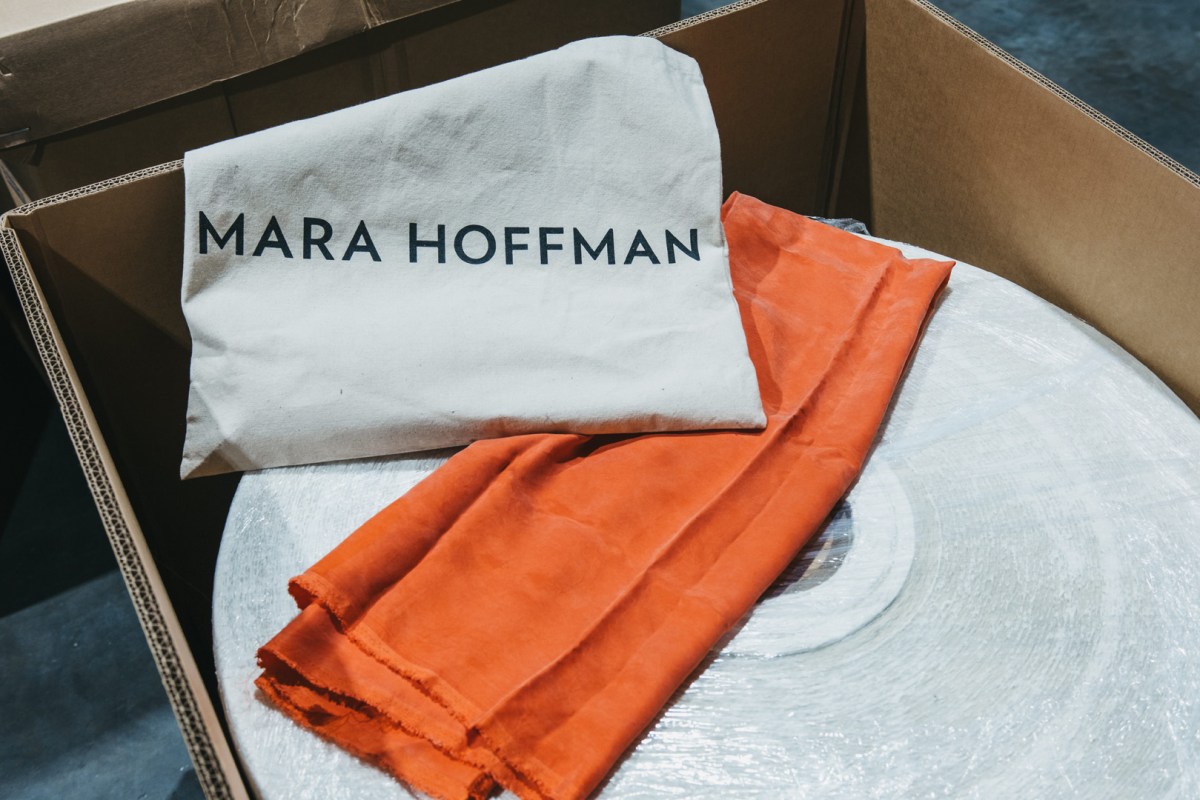
COURTESY MARA HOFFMAN
Hoffman and her team have used many new sustainable fabric technologies in their products, including Pyratex Power 3, a fabric for swimwear that isn’t derived from fossil fuels. She’s now the first luxury brand to use Circ. “I think we’re more open to these fabrics because we’re small and nimble, but we never enter into any of these partnerships lightly,” Hoffman says. “We put so much vetting into them and there is a lot of time before we actually bring something to market.”
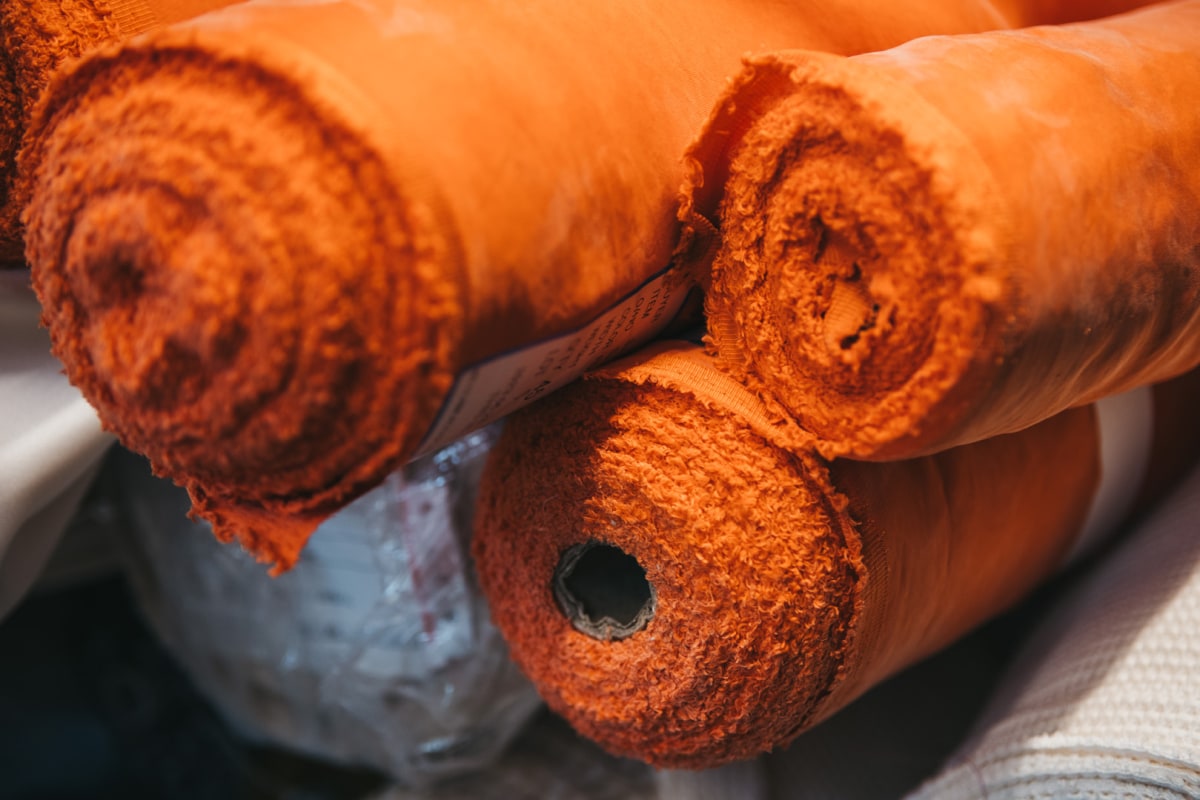
COURTESY MARA HOFFMAN
Hoffman was impressed with the quality of Circ’s recycled lyocell, which is originally made from plant based fibers, like cotton and wood pulp. But she also believes that Circ’s broader goal of recycling fabrics could transform the industry. “We could see that this was something that could make an impact,” says Hoffman. “If this could dominate the industry, it would move the needle, and that’s not something that we see very often.”
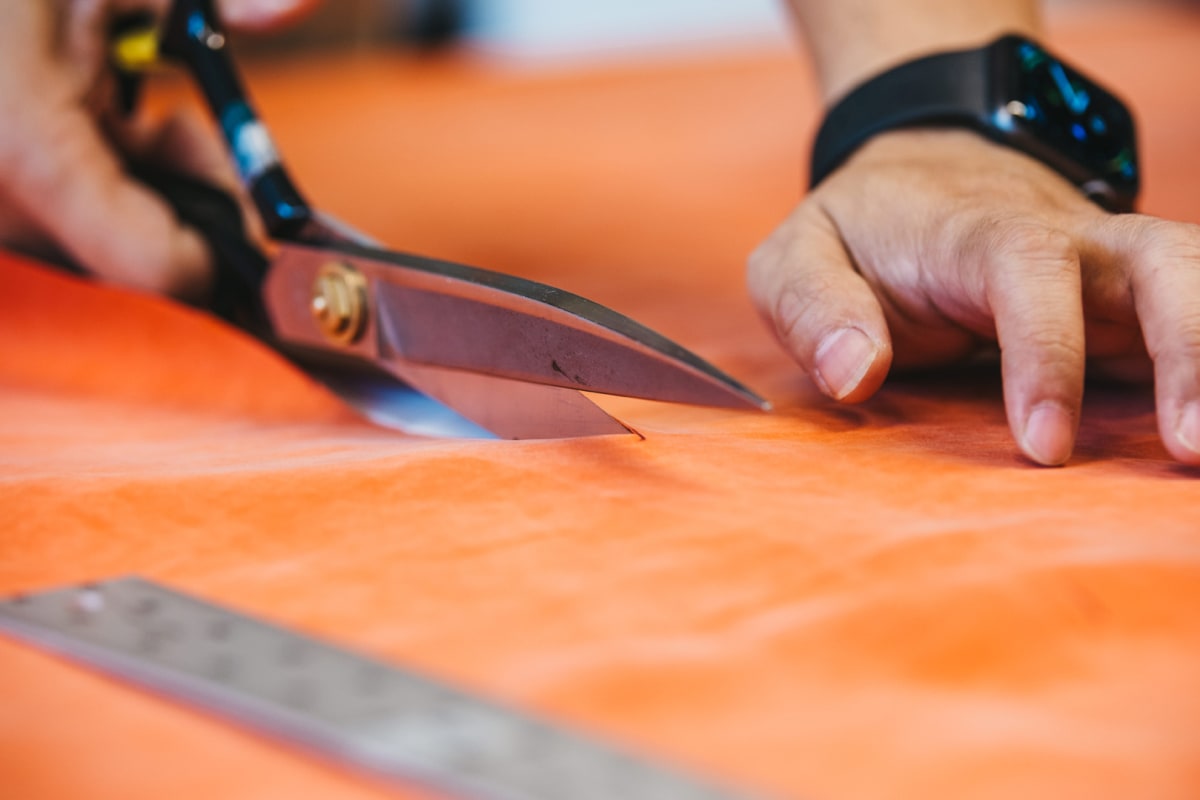
COURTESY MARA HOFFMAN
WHAT IT TAKES TO SCALE
But for recycling to take off, it needs to be widely adopted. Circ has raised $70 million in venture funding to build an industrial-sized facility in North Carolina that has enough capacity to process enough fabric for its current roster of clients and more.
Majeranowski says that Circ is ready to work at a much larger scale. The company would like to build a facility that is 20 times bigger than its current one by the middle of the decade. This will also allow the company to reduce the cost of production so that its recycled lyocell and polyester are on par with virgin fibers.

COURTESY MARA HOFFMAN
The problem is that launching such a large factory is a very expensive proposition. Circ needs brands to commit to buying large quantities of the fabrics, so it can get the money it needs to start building this facility. “When a brand says it will buy 20,000 tons a year for five years, that is bankable,” says Majeranowski. “I can take that to the banks and get the financing to start building.”
And Majeranowski says that Circ has already gotten interest from manufacturers in Bangladesh, Sri Lanka, India, Vietnam, Indonesia, Japan, and China, who want to build similar facilities in their countries. “Supply chain partners in these countries see regulation coming in Europe and the U.S. that will make brands responsible for garments at the end of their life cycle,” he says. “So they realize they need to start responding now, or get left behind.”
There’s a lot that needs to be done before Circ, and fabric recycling, become mainstream. But both Majeranowski believes that change can happen quickly. He points out that paper recycling only began in the 1990s, in a matter of decades, more than 40% of all paper is recycled, which is the equivalent of more than a hundred million tons of recycled paper annually. “The collaboration with Mara Hoffman shows that the solution is here,” says Majeranowski. “Now it’s time to scale.”


